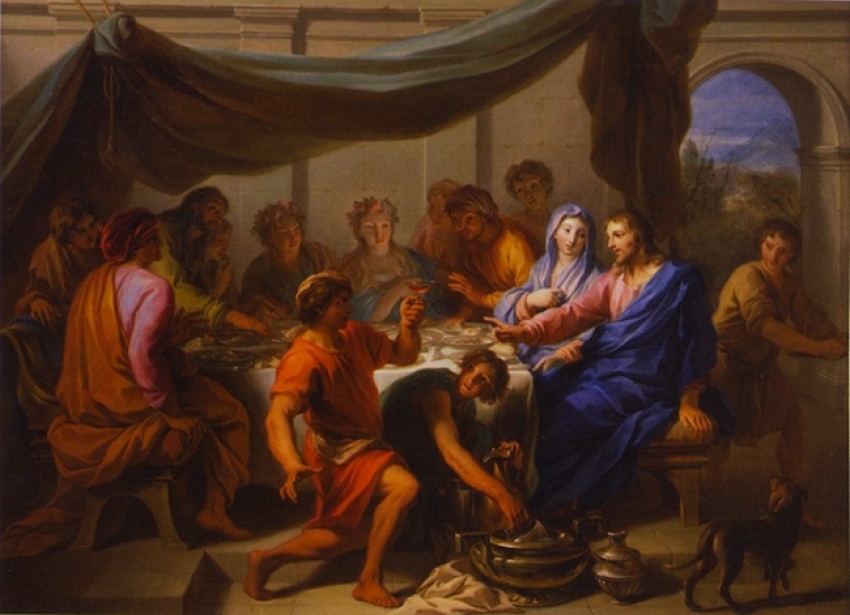Site of Jesus' Water-to-Wine Miracle Found? Excavations Uncover Tunnels of Ancient Christian Worship

Archaeologists searching for the site where Jesus performed His water-to-wine miracle have said that excavations of tunnels of ancient Christian worship provide a strong clue.
Tom McCollough, lead researcher at the excavation site of Khirbet Qana, a Jewish village that existed between 323 B.C. and 324 A.D., told The Daily Star at the end of August that a network of tunnels used for ancient Christian worship has been found.
The tunnels reportedly are marked with crosses and the Greek phrase for "Lord Jesus." They also contain an altar, and the remains of a stone vessel.
"We have uncovered a large Christian veneration cave complex that was used by Christian pilgrims who came to venerate the water-to-wine miracle," McCollough revealed.
"This complex was used at the beginning of the late fifth or early sixth century and continued to be used by pilgrims into the 12th century Crusader period."
What is more, the network of tunnels matches closely pilgrim texts from the time period that describe journeys to Cana of Galilee.
According to the Gospel of John in the Bible, Jesus performed His first miracle at the wedding at Cana, where He turned water into wine after the hosts of a wedding He was invited to ran out of the latter.
While the biblical account identifies the place as Cana of Galilee, the present day location of the site has been the subject of debate for centuries.
McCollough used the writings of first century Jewish historian Flavius Josephus to further support his claim.
"His (Josephus) references to Cana align geographically with the location of Khirbet Qana and align logically with his movements," McCollough argued.
"The reference to Cana in Josephus, the New Testament and in the rabbinic texts would argue the village was a Jewish village, near the Sea of Galilee and in the region of lower Galilee," he added. "Khirbet Qana fulfills all of these criteria."
The archaeologist said that the recent discoveries at Khirbet Qana could also bolster the claims of the biblical account.
"Our excavations have shown that this was in fact a thriving Jewish village located in the heart of much of Jesus' life and ministry," he said.
"For the Gospel of John, Cana is in some ways, Jesus' safe place or operational center. It is a place He and His disciples return to when they encounter resistance in Judea.
"I would argue our excavations warrant at least a reconsideration of the historical value of John's references to Cana and Jesus."
Back in August 2017, archaeologist Yonatan Adler and his team said that they found an ancient mug workshop near Reineh in modern day Israel, which they argued could have once been used to produce stone jars like the ones used at the wedding at Cana.
"What's exciting here is that for the first time we have physical evidence of production of stone vessels here in Galilee," Adler said at the time.



























